Thanks my friends @stephen-w-towle and @421stwidow.
I definitely agree with you, Steven. Judging form this kit, (which is not "modern" "Tamiya", but not bad at all, just some "mistakes" are present, due to AMT's non deep commitment, most of them seeming not that difficult to fix), I believe AMT/ERTL should have continued investing in aeroplane kits. They might have given some mainstream companies a run for their money!
Jeffrey, the Night Fighters is such an exciting area! So many great planes there! Glad you like my sort of step by step posting style;
So here we go!
I assembled the wings and attached the top air intakes, that contain a part of the wing. It's a strange approach, prone to gaps creating; might I suppose it is supposed to account for other variants? Gaps were faired with liquefied styrene (LqS)
The engines were assembled; they are quite nice! I believe some wiring harness must be added to boost their looks, as they are quite prominent at the model:
-
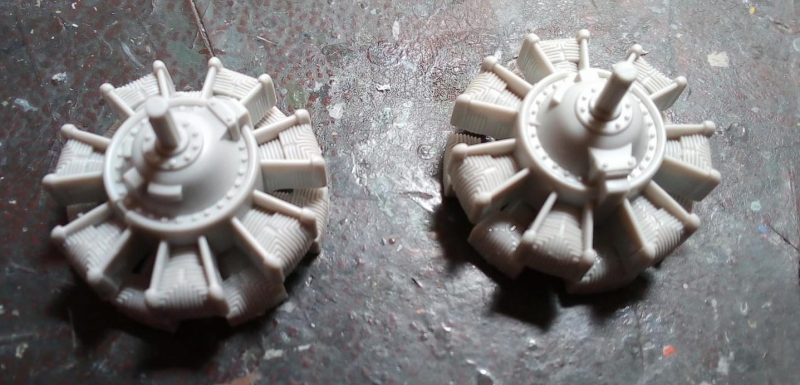
1. Nice, but cry for some harness...
The horizontal stabilizer comes in a single top and two bottom halves. Instructions want you attach the bottoms and then attach the whole assy onto the rear fuselage, but this will almost definitely result in root gaps. Instead, I used a trick that our friend Louis
@lgardner taught me: I first attached the top part onto the fuselage
-
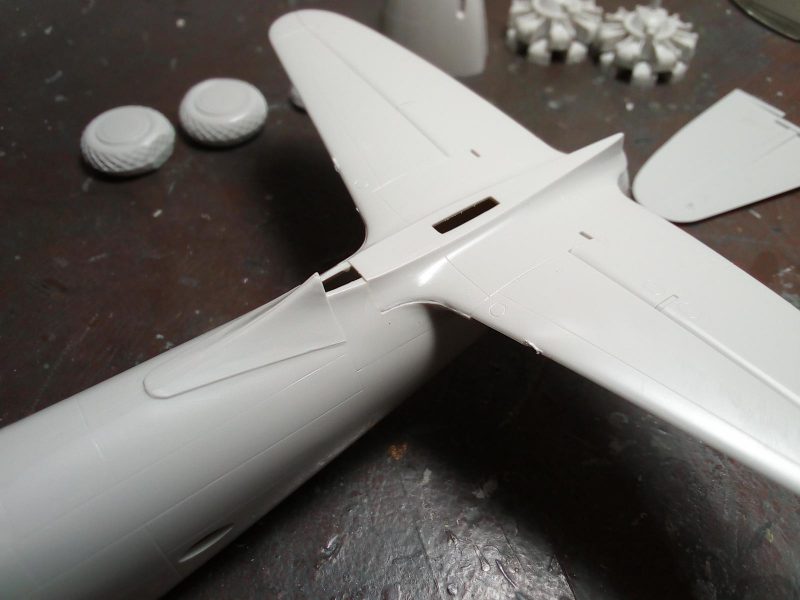
1. One piece top half attached....
Having removed the locating pins, as to allow free "floating" I attached the two bottom halves, taking care to have gap free root joints, then allowed them to touch the tip area of the top half. Voila! Gap free joint! Once again, many thanks, my good friend Louis!
The two piece fin was then assembled and attached. Some gaps emerged.
. I don't know why AMT provided the fin separately...different versions maybe? Have to check.
It was then nacelles time: look at the flash!
-
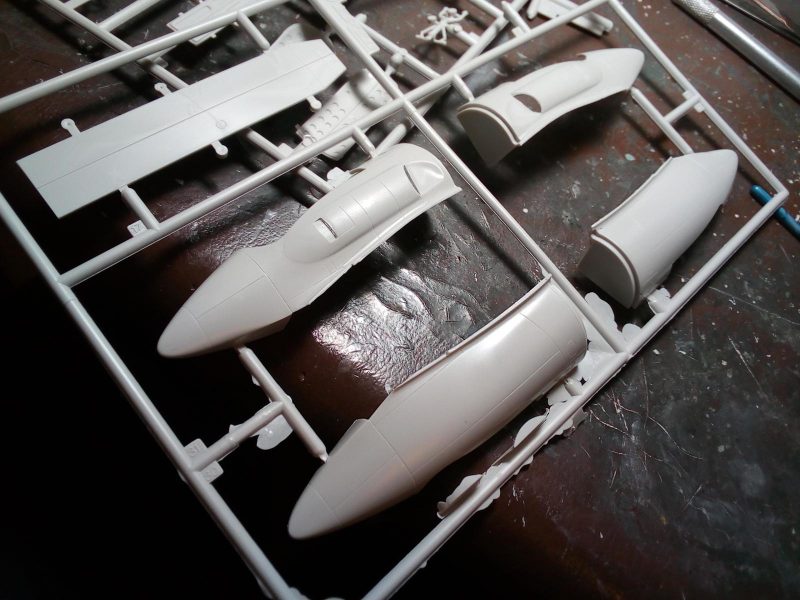
1. You can see the parts in between the flash.....
Anyway, they were assembled and attached at the wings. Gaps were experienced:
-
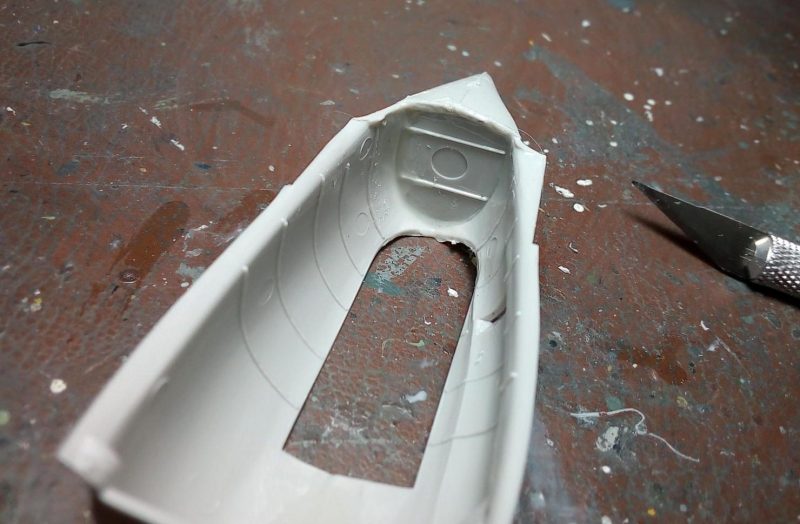
1. Liquefied styrene
2. Ejector pin mark
Then the underbelly (ex) bomb bay cover was attached. I used liquefied styrene to fair and reinforce the joint, as the assembly has a lot of flimsyness, and I do not want to counter unplesant surprises at later stages, when everything will be painted and the cover "pops"...
-
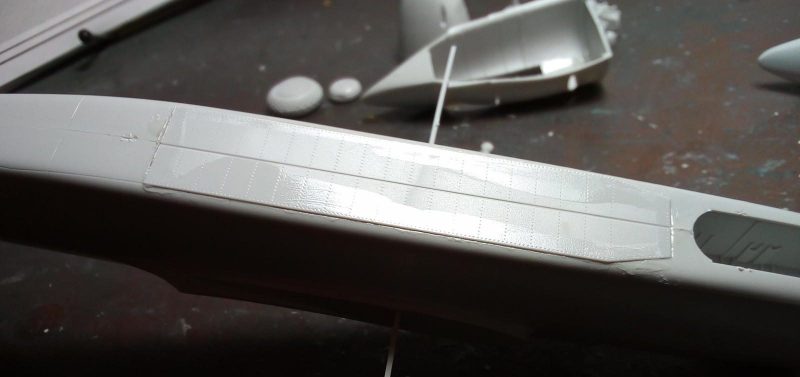
1. Tricky part, hope it is solidly attached..
I then attached the wings. Fit was positive, some alignment performed, and the gorgeous P-70 shape emerged!:
Here is the progress so far:
All gaps were treated with Liquefied styrene. Now everything is drying...
Thanks for stopping by!